小さな池から水を掬う。濁った水だ。ああまあ、危険だろう。そりゃあ危険だろう。しかし飲むほかない。
「Herders scooping murky water from a small pond in grasslands in South Sudan are well aware of the dangers they face if they drink it.」
BBC 'Dying of thirst' as climate-driven floods mix with oil 5 hours ago
Maura Ajak & Stephanie Stafford
原油が混じっているのだそうだ。飲めば気分は悪くなる。しかし水はそれしかない。洪水で、汚染水域と混じって、それが広く流れてしまった様子。そしてすぐさま渇水となる。水がそこにあれば、飲むほかない。
「"The water is dirty because this place has oil - it has chemicals in it," says their chief, Chilhok Puot.
Nyatabah, a woman from this community raising cows in the heart of oil fields in Unity State, adds: "If you drink it, it makes you pant and cough.
"We know it's bad water, but we don't have anywhere else, we're dying of thirst."」
原油施設は「サイレント・キラー」扱いである。…地味に近辺の人々の健康をむしばむ。
「Mr Bojo Leju says the floods are a "disaster" and that pollution from mismanaged oil facilities is a "silent killer" spreading across the state.」
しかし南スーダンは石油収入に依存している。そしてまあ、原油とくれば売る以外に道はない。自国で精製するのには、結構な工業力を要するし、そこまでのパワーはふつう、ない。ナイジェリアでさえろくろく精製施設をもたなかったのである。
「South Sudan is the world’s youngest country and one of its poorest, with a government hugely dependent on oil revenue.」
そしてこのUnity Stateは、石油が出ることでは有望な国だが、季節的に洪水に見舞われる。
「Unity State, a major oil-producing state, has always experienced seasonal flooding. But in 2019, extreme rains brought a deluge that engulfed villages, grasslands and forests. Year after year of intense rainfall followed. The water built up, trapped on the clay soil.
At the worst point in 2022, two-thirds of Unity State were submerged, according to the UN World Food Programme (WFP) - even now, it says about 40% is still under water.」
そうして2022年には大洪水。全域の2/3ほどまでが水没し、いまだに40%が水の下―って、もうそれ、気候変動の結果として湿地帯になっちゃってるのでは…?
…あー、これはダメだ(スライドで前後の違いを見ることができる)。全面的に水没だ。
これが「多少マシ」な状況に至ったとして、そこで安定しちゃう恐れがあるのでは…?
しかし。ただに湿地帯が回復するならともかく、石油採掘の副産物の汚染泥土がそこらに放置され、それが洪水とともに流出したら―自然の攪拌機能・拡散機能を超過するほど流れ出たら―いや現にそうなっている部分があり―どうなっちゃうんだろう、という。そんなわけだ。
「Herders scooping murky water from a small pond in grasslands in South Sudan are well aware of the dangers they face if they drink it.」
BBC 'Dying of thirst' as climate-driven floods mix with oil 5 hours ago
Maura Ajak & Stephanie Stafford
原油が混じっているのだそうだ。飲めば気分は悪くなる。しかし水はそれしかない。洪水で、汚染水域と混じって、それが広く流れてしまった様子。そしてすぐさま渇水となる。水がそこにあれば、飲むほかない。
「"The water is dirty because this place has oil - it has chemicals in it," says their chief, Chilhok Puot.
Nyatabah, a woman from this community raising cows in the heart of oil fields in Unity State, adds: "If you drink it, it makes you pant and cough.
"We know it's bad water, but we don't have anywhere else, we're dying of thirst."」
原油施設は「サイレント・キラー」扱いである。…地味に近辺の人々の健康をむしばむ。
「Mr Bojo Leju says the floods are a "disaster" and that pollution from mismanaged oil facilities is a "silent killer" spreading across the state.」
しかし南スーダンは石油収入に依存している。そしてまあ、原油とくれば売る以外に道はない。自国で精製するのには、結構な工業力を要するし、そこまでのパワーはふつう、ない。ナイジェリアでさえろくろく精製施設をもたなかったのである。
「South Sudan is the world’s youngest country and one of its poorest, with a government hugely dependent on oil revenue.」
そしてこのUnity Stateは、石油が出ることでは有望な国だが、季節的に洪水に見舞われる。
「Unity State, a major oil-producing state, has always experienced seasonal flooding. But in 2019, extreme rains brought a deluge that engulfed villages, grasslands and forests. Year after year of intense rainfall followed. The water built up, trapped on the clay soil.
At the worst point in 2022, two-thirds of Unity State were submerged, according to the UN World Food Programme (WFP) - even now, it says about 40% is still under water.」
そうして2022年には大洪水。全域の2/3ほどまでが水没し、いまだに40%が水の下―って、もうそれ、気候変動の結果として湿地帯になっちゃってるのでは…?
…あー、これはダメだ(スライドで前後の違いを見ることができる)。全面的に水没だ。
これが「多少マシ」な状況に至ったとして、そこで安定しちゃう恐れがあるのでは…?
しかし。ただに湿地帯が回復するならともかく、石油採掘の副産物の汚染泥土がそこらに放置され、それが洪水とともに流出したら―自然の攪拌機能・拡散機能を超過するほど流れ出たら―いや現にそうなっている部分があり―どうなっちゃうんだろう、という。そんなわけだ。










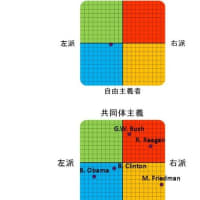
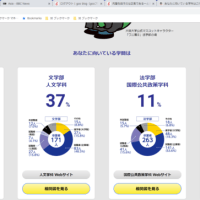

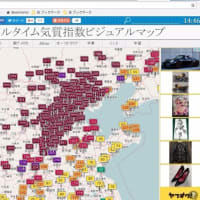
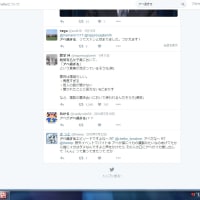
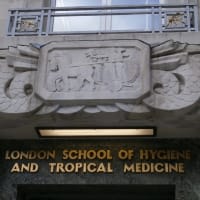
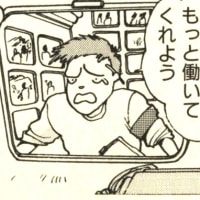
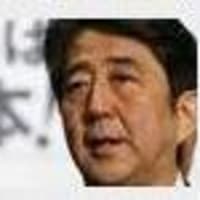
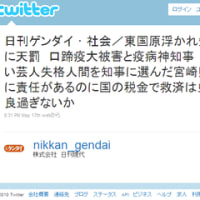
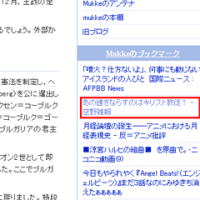





※コメント投稿者のブログIDはブログ作成者のみに通知されます